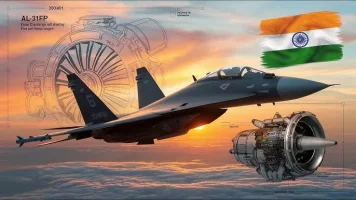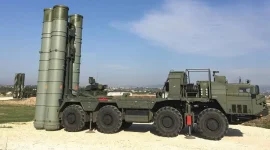- Views: 2K
- Replies: 26

Indian Navy Chief Admiral Dinesh K Tripathi recently confirmed that the government has approved the indigenous development of two nuclear-powered attack submarines (SSNs), demonstrating faith in India's capacity to design and manufacture complex defence platforms.
Admiral Tripathi stated that the first SSN is expected to be delivered by 2036, with a second submarine following within two years. He added that the navy has a requirement for six such submarines. This ambitious project is expected to galvanize the defence ecosystem and contribute to the growth of ancillary industries.
India already operates nuclear-powered and nuclear-armed ballistic missile submarines (SSBNs) under the Arihant class. The new nuclear attack submarines will be stealthier and armed with conventional weapons, placing India in a select group of nations with this capability.
Unlike conventionally-powered submarines, nuclear attack submarines can stay submerged indefinitely, providing a unique capability for guarding areas of interest and deterring enemy movement. India has previously leased nuclear attack submarines from Russia.
Sources indicate that unlike the Arihant class, the new attack submarines will be fully designed in India without foreign assistance. All necessary technologies, including a miniaturized nuclear reactor, are reportedly available domestically, minimizing the need for foreign equipment.
The Navy Chief also shared updates on other submarine modernization programs. The acquisition of six new Air Independent Propulsion (AIP)-equipped submarines is underway, with commercial proposals yet to be opened. Plans to acquire three additional Kalvari class submarines are in the final stages, with a contract expected to be signed with Mazagaon Dockyard Limited within two months.
The indigenous SSNs will significantly enhance the Indian Navy's strategic deterrence capability, complementing the existing Arihant-class SSBNs. They will also improve India's tactical flexibility, offering greater reach and advanced surveillance capabilities in the region. This development underscores India's commitment to strengthening its naval power and its position as a leading maritime force.





